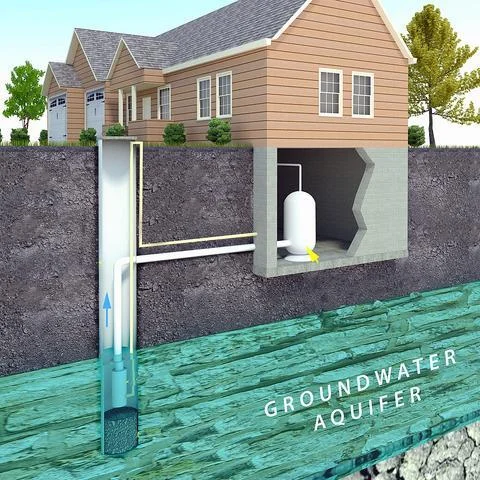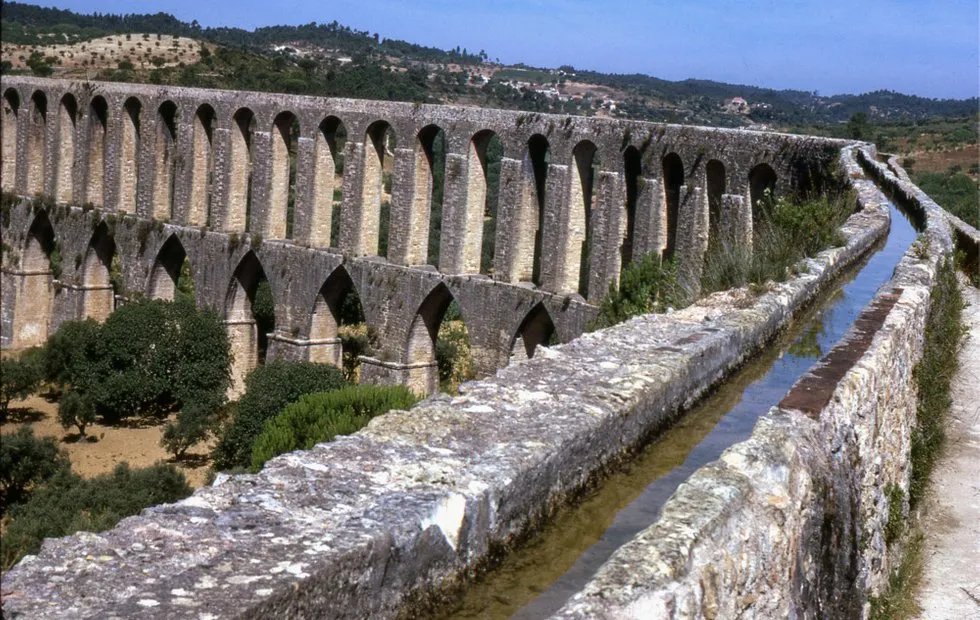There can be your advertisement
300x150
10 Things to Consider When Switching to a Private Water Source
There are many great things about moving your family to a more rural area: fresh air, less noise and pollution, and that satisfying sense of independence. However, one thing that often accompanies an off-grid lifestyle is a private well.
Instead of getting water from a pre-treated public source, homes with private wells are responsible for pumping and disinfecting their drinking water. Depending on local conditions, nearby pollution sources, and the type of well water filter, this process can look different for each home.
Here are 10 things you should do or consider if you're moving to a private well water system.

1. You Will Be Responsible for Your Water Source
Although about 15 million American households are connected to wells, there is no government regulation of private well water quality. This means that homeowners bear full responsibility for the safety of their water supply.
As a result, if your well is flooded, contaminated with bacteria, or damaged by toxic wastewater, you must take steps to address the issue yourself. It's important to become familiar with local water safety threats, how to test well water, and the filtration and disinfection methods applicable for each type of contaminant.
2. Not All Wells Are Built the Same
Knowing that your property has a private well is just the beginning of your research. The next step should be to determine exactly what type of well you have.
Dug wells are constructed using common building tools and lined with brick or stone. Due to their 'man-made' nature, these wells are often very small, making them vulnerable to contamination from surface runoff.
Dry-hole and jetting wells are much larger, allowing them to provide higher water flow rates. Although they often remain small and vulnerable to contamination, the more modern drilling technique allows them to be used in softer soils like silt or clay.
Jetting wells are standard for modern construction, where a drilling rig is used to bore deep into the ground regardless of rock composition. Many jetting wells exceed 1000 feet and use pumps to ensure good water flow to the tap.
3. Well Water Can Vary Significantly Based on Geography
No well is the same, so try to learn as much as you can about water quality and geographic features in your area. Dense sandstone or limestone usually indicates easy access to good water flow, whereas agricultural land or industrial areas combined with a small well may be an early warning sign.
Also consider your lot itself and how it might affect well performance. What type of drainage is on the land, and how well maintained is your septic system? One excellent way to assess drainage is by carefully inspecting the basement condition, as recommended in a classic but still useful USGS book on rural water sources.
4. Replace Filter Cartridges!
Regardless of the type of well water filtration system, some level of maintenance will be required. Systems with replaceable filter cartridges should be monitored for cartridge saturation, while systems with large tanks will need regular backwashing.
Despite clear manufacturer warnings and alerts about reduced filter efficiency, many people choose to leave the filter material in place long after its expiration date. This risks clogging and overflow of contaminants into your drinking water supply.
Modern filtration systems recognize the reluctance to regularly maintain filters and include features that make filter care easier. Wireless tank heads connect with mobile apps, allowing automatic backwashing and tracking of efficiency. Some filter stages are made from transparent housings to quickly assess cartridge condition.
5. Test Your Well Water Yourself or Read Recent Reports
Since private wells are not regulated, you won't receive a water quality report or other composition information from your water source. Instead, you'll want to test well water at a private lab, either by taking a sample yourself with a home kit or hiring a professional to visit your property.
Sometimes new owners receive the results of well water testing upon moving in, so it's always worth asking about recent tests when viewing property. Remember that many of the most serious water contaminants cannot be detected by taste, smell or appearance.
6. Look for Potential Large Contaminants in the Local Environment
Well water testing is extremely important, but there are much simpler and immediate ways to assess the quality of well water. Simply observing general characteristics of your local environment can help predict what types of contaminants you may encounter.
Here are some natural features EPA recommends monitoring:
- Intensive agriculture and farming may indicate nitrates and pesticides in groundwater.
- Old plumbing systems may indicate possible lead corrosion.
- Coal mines can cause elevated levels of metals and acidity in groundwater.
- Dumps, landfills, and gas stations may leak organic chemicals into the ground known as volatile organic compounds (VOCs).
7. Filter for the Right Contaminants
Well water filtration systems are often complex devices with multiple stages of filtration. This is because each type of filter is designed to capture specific contaminants. In fact, there's no universal water filter. The most common filtration stages for wells in the US:
KDF or air injectors filters, designed to capture iron and other natural metals in groundwater.
Activated carbon filters, which adsorb dissolved organic contaminants on their surface, allowing water to flow freely. Organic contaminants often affect the taste and smell of water.
Reverse osmosis filters, which use pressure to push water through micro-porous membranes, capturing almost all contaminants.
UV purifiers, which use UV lamps to pass high-intensity light through water, destroying bacteria and viruses. UV rays disrupt microorganisms at the cellular level, making them safe for drinking.
Sediment filters, which filter out large particles of rust, dirt, silt and sand. This reduces water turbidity and extends the life of equipment and other filtration stages.
8. With Proper Maintenance, Wells Are an Excellent Source of Drinking Water
Despite all the things to consider when operating a private well, many people love having their own independent water source and don't want to return to public water supply. Owning a well means you can decide how to treat the water yourself, and with proper care it can deliver results that significantly exceed regular tap water.
More articles:
 How to Eat Sweet Foods Without Gaining Weight: Science vs Myths
How to Eat Sweet Foods Without Gaining Weight: Science vs Myths Main Points from Decluttering Courses for 15 Thousand Rubles — Short and Honest
Main Points from Decluttering Courses for 15 Thousand Rubles — Short and Honest Why the USSR Combined the Bathroom and Toilet
Why the USSR Combined the Bathroom and Toilet Before and After: How They Stylishly Transformed a Tiny 28 m² Studio in a Panel Building
Before and After: How They Stylishly Transformed a Tiny 28 m² Studio in a Panel Building How Water Came into the House: The History of Plumbing from Roman Aqueducts to the Kitchen Faucet
How Water Came into the House: The History of Plumbing from Roman Aqueducts to the Kitchen Faucet Mediterranean Diet in Russian Realities: What to Replace and How to Adapt
Mediterranean Diet in Russian Realities: What to Replace and How to Adapt Housing Estate Kitchen: Before and After — How 5 m² Was Transformed Into a Functional Space
Housing Estate Kitchen: Before and After — How 5 m² Was Transformed Into a Functional Space 7 Cool Ideas Snatched from a Moscow Studio Apartment 46 m²
7 Cool Ideas Snatched from a Moscow Studio Apartment 46 m²